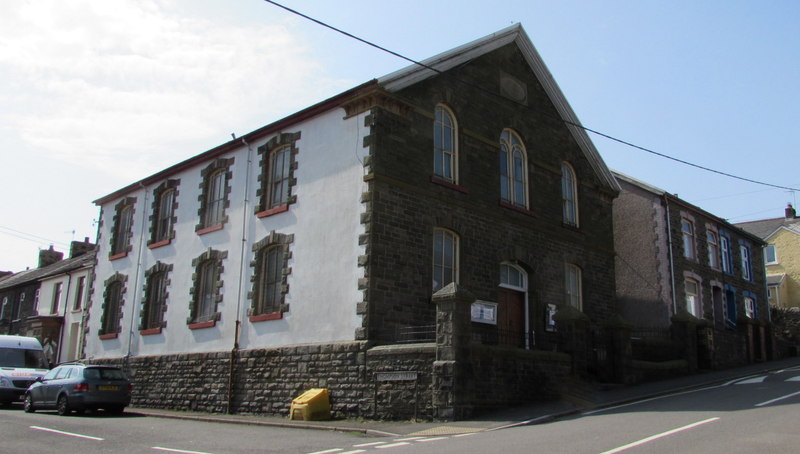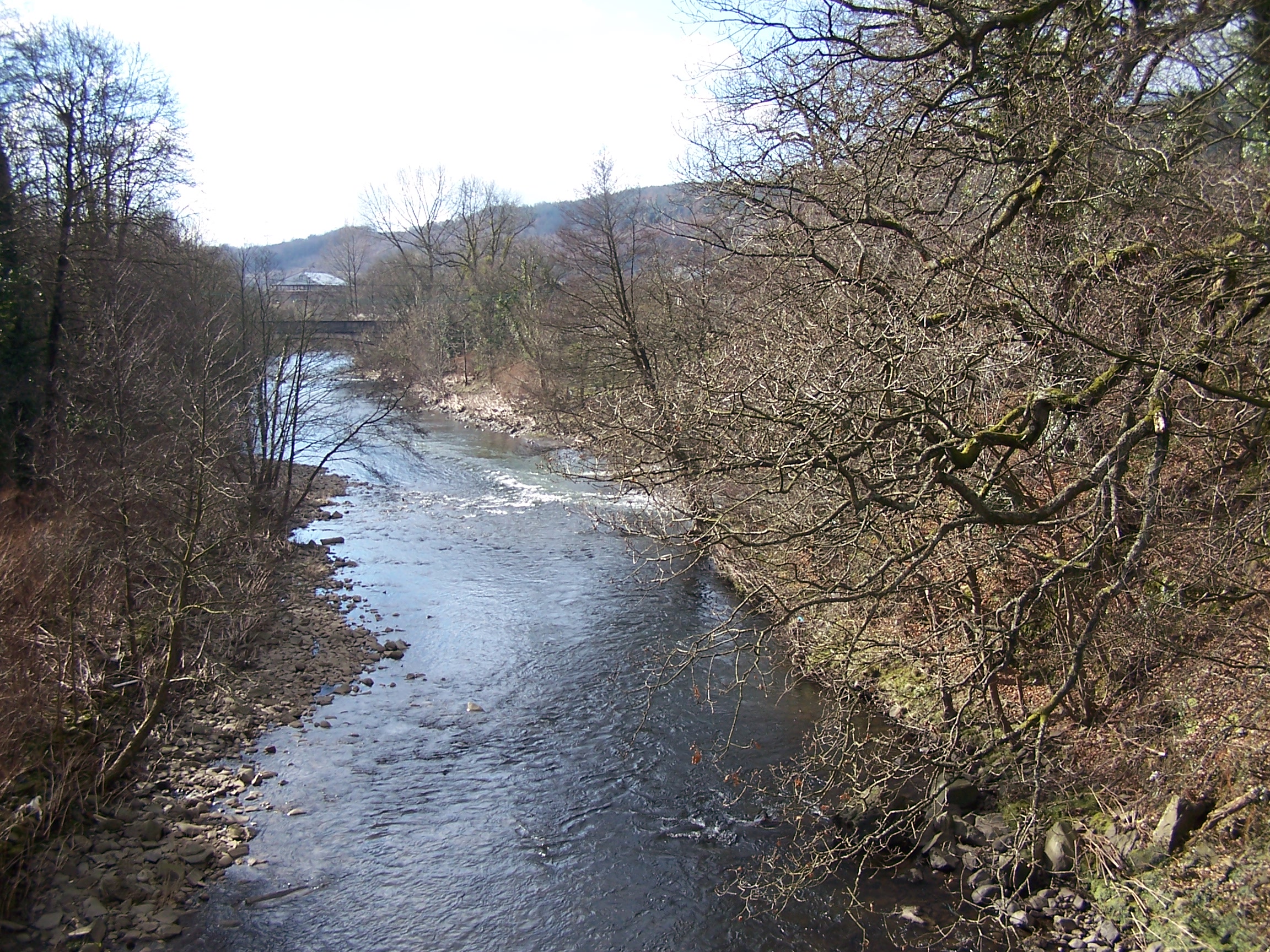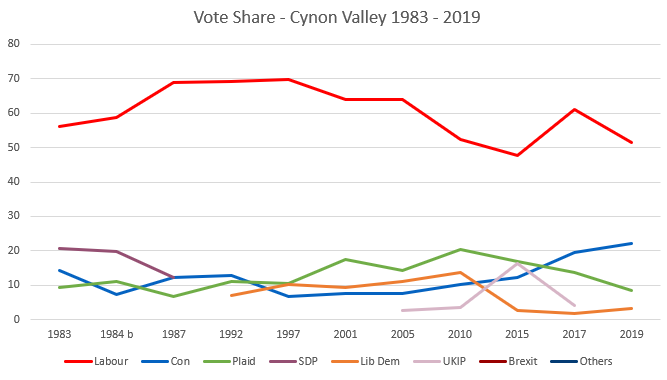|
Ynysybwl
Ynysybwl ( cy, Ynys-y-bŵl ) is a village in Cwm Clydach in Wales. It is situated in the county borough of Rhondda Cynon Taf, roughly north-north-west of Cardiff, north of Pontypridd and south of Merthyr Tydfil, and forms part of the community of Ynysybwl and Coed-y-Cwm. Cwm Clydach is flanked by the Rhondda and Cynon Valleys. The market town of Pontypridd lies to the south at the meeting point of the three valleys; and to the north lies the large Llanwynno forestry. Before the local government reforms of 1996 Ynysybwl was in the Cynon Valley district of Morgannwg Ganol, and the area is historically a part of Glamorgan (Morgannwg). Name There is uncertainty over the meaning of the name of the village. ''Ynys'' means 'island' or 'river meadow' in Welsh and probably refers to such a meadow on the banks of the Clydach stream. The 'bŵl' element is more difficult. Some theories include 'bowl/ball' ee 'bŵl' GPCpossibly a reference to the shape of the river-meadow or to a han ... [...More Info...] [...Related Items...] OR: [Wikipedia] [Google] [Baidu] |
Jerusalem, Ynysybwl
Jerusalem, Ynysybwl was a Calvinistic Methodist chapel in Thompson Street, Ynysybwl, Glamorgan, Wales. Services at Jerusalem were conducted in the Welsh language. Early history The church at Jerusalem dates to 1885, when meetings began to be held by a number of miners at a house in the village. In 1888 a chapel was built by William and Edward Williams of Cribinddu Farm, who became deacons at the chapel and generous financial benefactors. Rev D. Jones was the first minister. From its earliest days, Jerusalem, like other chapels, hosted cultural events beyond the religious sphere. In 1889, the eisteddfod In Welsh culture, an ''eisteddfod'' is an institution and festival with several ranked competitions, including in poetry and music. The term ''eisteddfod'', which is formed from the Welsh morphemes: , meaning 'sit', and , meaning 'be', means, ac ... at Jerusalem saw the young poet J.J. Williams come to prominence. Twentieth century Isaac Morris was minister from 1913 until 1 ... [...More Info...] [...Related Items...] OR: [Wikipedia] [Google] [Baidu] |
Noddfa, Ynysybwl
Noddfa is a Baptist chapel in the High Street, Ynysybwl, Rhondda Cynon Taf, Wales. Early history The church at Noddfa dates from 1885, when meetings began to be held in a room at the Robertstown Hotel. At this time, baptisms were held in the river Clydach. The chapel was built in only nine months in 1889–90. The first minister was Rev. W. B. Jones, but he departed for North Wales in 1895. Twentieth century In 1976 the chapel became a united Welsh-language church, with members joining from Tabernacle and Jerusalem Jerusalem (; he, יְרוּשָׁלַיִם ; ar, القُدس ) (combining the Biblical and common usage Arabic names); grc, Ἱερουσαλήμ/Ἰεροσόλυμα, Hierousalḗm/Hierosóluma; hy, Երուսաղեմ, Erusałēm. i .... Following the merger there were around 80 members. In 1986, Noddfa welcomed its last minister, Gwilym Davies, who was also inducted at Hengoed, Bryn Seion (Ystrad Mynach) and Seion, Cwmaman. Membership had fallen to ... [...More Info...] [...Related Items...] OR: [Wikipedia] [Google] [Baidu] |
Tabernacle, Ynysybwl
Tabernacle, Ynysybwl is a former Independent chapel in Other Street, Ynysybwl, Rhondda Cynon Taf, Wales Wales ( cy, Cymru ) is a country that is part of the United Kingdom. It is bordered by England to the east, the Irish Sea to the north and west, the Celtic Sea to the south west and the Bristol Channel to the south. It had a population in .... Early history Like several other chapels in the village, Tabernacle dates from 1885, when a group of young local people were asked why they did nor attend Bethel Chapel. They responded by saying that they were not Methodists but Welsh Independents and would attend an Independent chapel if one was established. Consequently, services began to be held in the upper room of the Windsor Hotel. The opening services were held on 11 and 12 September 1887. Twentieth century By the early 21st century membership stood at around 20. The Chapel closed in 2021 and the building was put up for sale for £70,000. References Bibliography * ... [...More Info...] [...Related Items...] OR: [Wikipedia] [Google] [Baidu] |
Ynysybwl And Coed-y-Cwm
Ynysybwl and Coed-y-cwm is a Community in Rhondda Cynon Taf, Wales in the United Kingdom, comprising the villages of Ynysybwl and Coed-y-Cwm. The community is governed by a community council A community council is a public representative body in Great Britain. In England they may be statutory parish councils by another name, under the Local Government and Public Involvement in Health Act 2007, or they may be non-statutory bodies. I .... References Communities in Rhondda Cynon Taf {{RhonddaCynonTaf-geo-stub ... [...More Info...] [...Related Items...] OR: [Wikipedia] [Google] [Baidu] |
Llanwynno
Llanwonno ( cy, Llanwynno) is a hamlet high up in the hills between the historic mining valleys of the Rhondda and the Cynon in Rhondda Cynon Taf, deep in the heart of the South Wales Valleys. Llanwonno consists of St Gwynno's Church and an inn – The Brynffynon Hotel. History The ancient parish of Llanwynno (or Llanwonno) included Abercynon, Penrhiwceiber, Ynysybwl, most of Mountain Ash, part of Pontypridd (the area north of the River Rhondda and west of the River Taff), Porth, Stanleytown, Ynyshir, Wattstown and Blaenllechau in the Rhondda. The parish boundaries were adjusted in 1894 to remove the parts of the parish in the Ystradyfodwg (Rhondda) and Pontypridd urban districts, alongside other adjustments to make the parish cover the same area as the Mountain Ash Urban District. The mountainous area around Llanwonno itself is easily reached on foot or by car, using mountain roads, which lead to Penrhiwceiber, Mountain Ash, Ferndale, Ynysybwl, and Pontyprid ... [...More Info...] [...Related Items...] OR: [Wikipedia] [Google] [Baidu] |
Pontypridd
() ( colloquially: Ponty) is a town and a community in Rhondda Cynon Taf, Wales. Geography comprises the electoral wards of , Hawthorn, Pontypridd Town, 'Rhondda', Rhydyfelin Central/Ilan ( Rhydfelen), Trallwng ( Trallwn) and Treforest (). The town mainly falls within the Senedd and UK parliamentary constituency by the same name, although the and wards fall within the Cynon Valley Senedd constituency and the Cynon Valley UK parliamentary constituency. This change was effective for the 2007 Welsh Assembly election, and for the 2010 UK General Election. The town sits at the junction of the and Taff valleys, where the River Rhondda flows into the Taff just south of the town at War Memorial Park. community recorded a population of about 32,700 in the 2011 census figures. while Pontypridd Town ward itself was recorded as having a population of 2,919 also as of 2011. The town lies alongside the north–south dual carriageway A470 between Cardiff and Merthyr Tydfil. T ... [...More Info...] [...Related Items...] OR: [Wikipedia] [Google] [Baidu] |
Diocese Of Llandaff
The Diocese of Llandaff is an Anglican (Church in Wales) diocese that traces its roots to pre-Reformation times as heir of a Catholic bishopric. It is headed by the Bishop of Llandaff, whose seat is located at the Cathedral Church of Saint Peter and Saint Paul in Llandaff, a suburb of Cardiff. It currently covers most of the former Welsh county of Glamorgan, but once stretched from the River Towy to the middle of the Wye Valley. Archdeaconries and deaneries The diocese of Llandaff is currently divided into two archdeaconries: Llandaff and Margam. From 2002–2020 there was a third archdeaconry, that of Morgannwg; in 2020, of its four deaneries, Pontypridd and Merthyr Tydfil & Caerphilly moved to Llandaff, and Cynon Valley and Rhondda moved to Margam. ;Archdeacons of Llandaff See Archdeacon of Llandaff ;Archdeacons of Margam See Archdeacon of Margam ;Archdeacons of Morgannwg *2002–2004 (ret.): Martin Williams *2004–2006 (res.): David Yeoman *2006–2020: Chris Smi ... [...More Info...] [...Related Items...] OR: [Wikipedia] [Google] [Baidu] |
Rhondda Valley
Rhondda , or the Rhondda Valley ( cy, Cwm Rhondda ), is a former coalmining area in South Wales, historically in the county of Glamorgan. It takes its name from the River Rhondda, and embraces two valleys – the larger Rhondda Fawr valley (''mawr'' large) and the smaller Rhondda Fach valley (''bach'' small) – so that the singular "Rhondda Valley" and the plural are both commonly used. The area forms part of the South Wales Valleys. From 1897 until 1996 there was a local government district of Rhondda. The former district at its abolition comprised sixteen communities. Since 1996 these sixteen communities of the Rhondda have been part of Rhondda Cynon Taf County Borough. The area of the former district is still used as the Rhondda Senedd constituency and Westminster constituency, having an estimated population in 2020 of 69,506. It is most noted for its historical coalmining industry, which peaked between 1840 and 1925. The valleys produced a strong Nonconformist move ... [...More Info...] [...Related Items...] OR: [Wikipedia] [Google] [Baidu] |
Cynon Valley
Cynon Valley () is a former coal mining valley in Wales. Cynon Valley lies between Rhondda and the Merthyr Valley and takes its name from the River Cynon. Aberdare is located in the north of the valley and Mountain Ash is in the south of the valley. From 1974 to 1996 Cynon Valley was a local government district. According to the 2001 census, the Cynon Valley has a population of 63,512. In 2001 12.1% of the inhabitants were recorded as Welsh speakers. In common with some of the other South Wales Valleys, Cynon Valley had a high percentage of Welsh speakers until the early 20th century. Former district From 1974 to 1996 the Borough of Cynon Valley was one of thirty-seven districts of Wales. The district was formed from the Aberdare and Mountain Ash urban districts, the parish of Rhigos from Neath Rural District and the parish of Penderyn from Brecknockshire. It was one of six districts of Mid Glamorgan, and in 1996 was merged into the larger unitary authority of Rhondda ... [...More Info...] [...Related Items...] OR: [Wikipedia] [Google] [Baidu] |
Cynon Valley (UK Parliament Constituency)
Cynon Valley ( cy, Cwm Cynon) is a constituency represented in the House of Commons of the UK Parliament since 2019 by Beth Winter of the Labour Party. The Cynon Valley Senedd constituency was created with the same boundaries in 1999 (as an Assembly constituency). Boundaries 1983–2010: The Borough of Cynon Valley. 2010–present: The Rhondda Cynon Taff County Borough electoral divisions of Aberaman North, Aberaman South, Abercynon, Aberdare East, Aberdare West/Llwydcoed, Cilfynydd, Cwmbach, Glyncoch, Hirwaun, Mountain Ash East, Mountain Ash West, Penrhiwceiber, Pen-y-waun, Rhigos, and Ynysybwl. The constituency encompasses the towns of Aberdare, Mountain Ash, Cilfynydd, Abercynon and Hirwaun. Members of Parliament Elections Elections in the 1980s * Death of Ioan Evans 10 February 1984 Elections in the 1990s Elections in the 2000s Elections in the 2010s ... [...More Info...] [...Related Items...] OR: [Wikipedia] [Google] [Baidu] |
Pentecostal
Pentecostalism or classical Pentecostalism is a Protestant Charismatic Christian movement"Spirit and Power: A 10-Country Survey of Pentecostals" The Pew Forum on Religion and Public Life. that emphasizes direct personal experience of God through . The term ''Pentecostal'' is derived from , an event that commemor ... [...More Info...] [...Related Items...] OR: [Wikipedia] [Google] [Baidu] |
Wesleyan
Wesleyan theology, otherwise known as Wesleyan– Arminian theology, or Methodist theology, is a theological tradition in Protestant Christianity based upon the ministry of the 18th-century evangelical reformer brothers John Wesley and Charles Wesley. More broadly it refers to the theological system inferred from the various sermons (e.g. the Forty-four Sermons), theological treatises, letters, journals, diaries, hymns, and other spiritual writings of the Wesleys and their contemporary coadjutors such as John William Fletcher. In 1736, the Wesley brothers travelled to the Georgia colony in America as Christian missionaries; they left rather disheartened at what they saw. Both of them subsequently had "religious experiences", especially John in 1738, being greatly influenced by the Moravian Christians. They began to organize a renewal movement within the Church of England to focus on personal faith and holiness. John Wesley took Protestant churches to task over the nature of ... [...More Info...] [...Related Items...] OR: [Wikipedia] [Google] [Baidu] |









